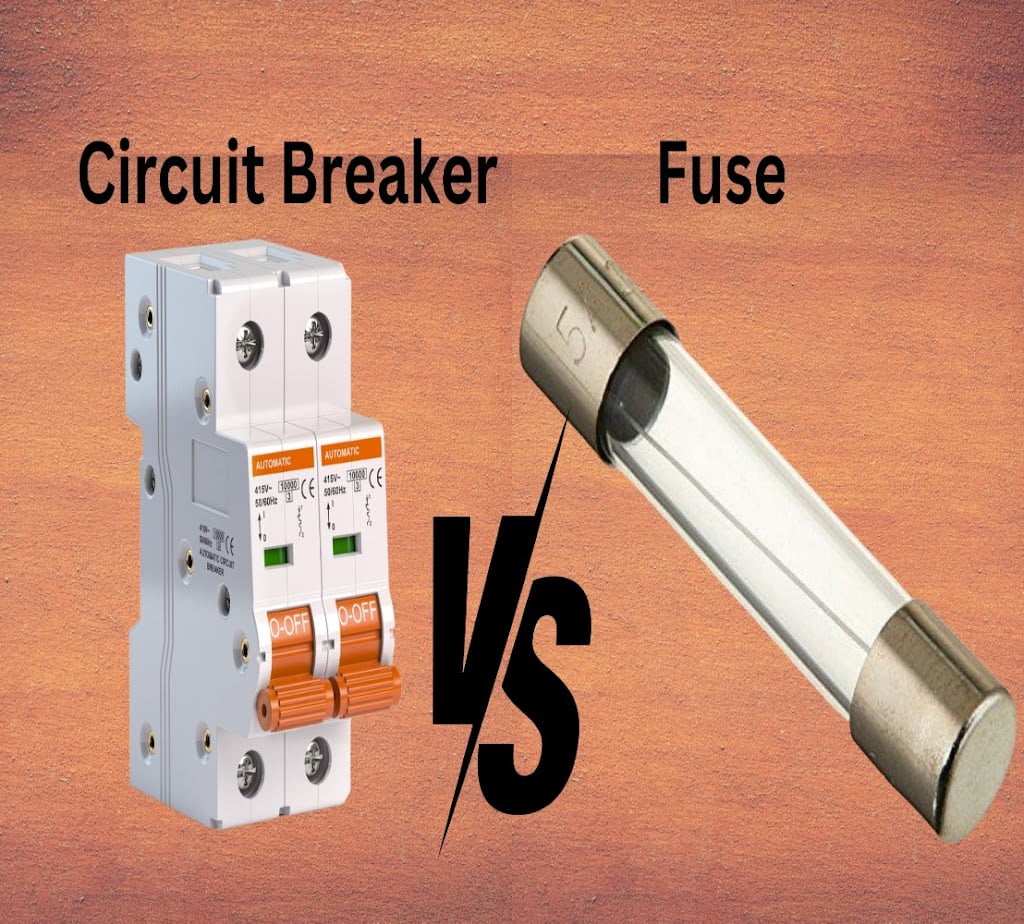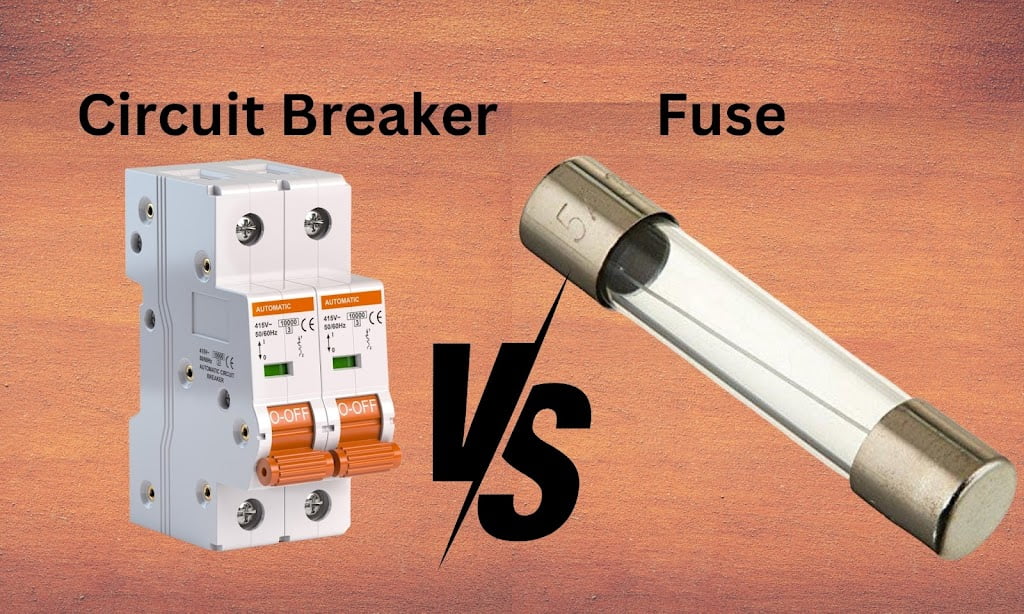Introduction
Fuses and circuit breakers make up the core of the electric circuits and are responsible for limiting the current above the safe value that will ensure safety of people, property and equipment. Although the role they are destined to perform can sound familiar, the way they work, the amount of their reset capacity, and their general structure separate them. We, therefore, are capable of discovering precisely those minority safety tools to fully grasp their differences.
What is fuse?
A fuse is the device for security purpose which ensures the current flow stops when it is beyond than the preferred level. The lightning arrester is comprised of a thin piece of metal such as a wire which gets melted as a result of the intense current flow causing the circuit to be interrupted and no further flow of electricity.
What is Circuit breaker?
A clamped circuit breaker is a safety element, which is designed to break the electrical circuit, moving on its own if it notices any abnormal situations, such as overcurrent or short circuit. The reseting of the circuit breakers is done manually which will lead to the restoration o power in the same circuit, unlike fuses. These are the fundamental makeup of circuit breakers.
Difference between Fuse and Circuit breaker
| Circuit breaker | Fuse |
|---|---|
| A circuit breaker is an electromechanical device that automatically interrupts current flow by detecting faults like overcurrent or short circuits, using mechanical or electronic switching. | A fuse is a thin metal wire or strip that melts when the current exceeds a specified limit. This melting breaks the circuit, cutting off the electrical flow and protecting against short circuits. |
| Circuit breakers are therefore reusable devices. When an overcurrent or short circuit fault causes the circuit to open, you can manually reset them, reducing replacement costs. | Fuses are single-use devices that must be replaced after they melt and break the circuit. |
| A standard circuit breaker can, most of the time, turn off electricity faster than a fuse can. They often operate that way: once a fault happens, they can swiftly stop the circuit, reducing the duration of system stops. | Fuse type and rating affect its response time. Generally, fuses offer reliable but relatively slow overcurrent protection. |
| The circuit breakers are more complicated in engineering the scheme, integrating electrical as well as mechanical parts meant for automatic operations and restoration purposes. | Fuses are just the combination of an element and a housing having a simple structure. Not only are they simple in operation also. |
| You need to perform maintenance and testing on circuit breakers regularly to ensure they operate properly. In contrast, traditional fuses require frequent replacement after they blow. | The fuses do not need any upkeep as the highest they can break is due to overcurrent. |
| Circuit breakers are costlier in the beginning but are reusable often imparting direct tangible long term cost saving advantages. | The fuses are instead popular for low-current applications in circuit breakers because they are cheaper than circuit breakers. |
Conclusion
Fuses and circuit breakers both protect circuits but differ in features. Fuses are simple and cheaper but need replacement after tripping and respond slower. Circuit breakers react faster, offer multiple trip modes, and can be reset. Choosing between them depends on cost, maintenance, response time, and system protection needs.

